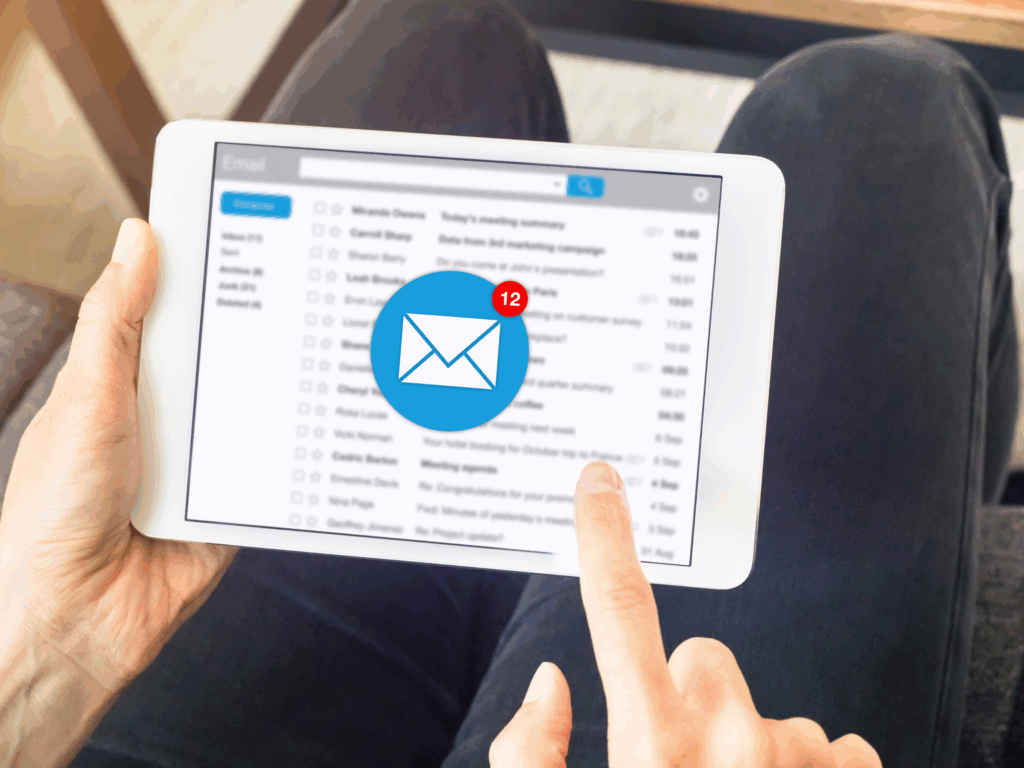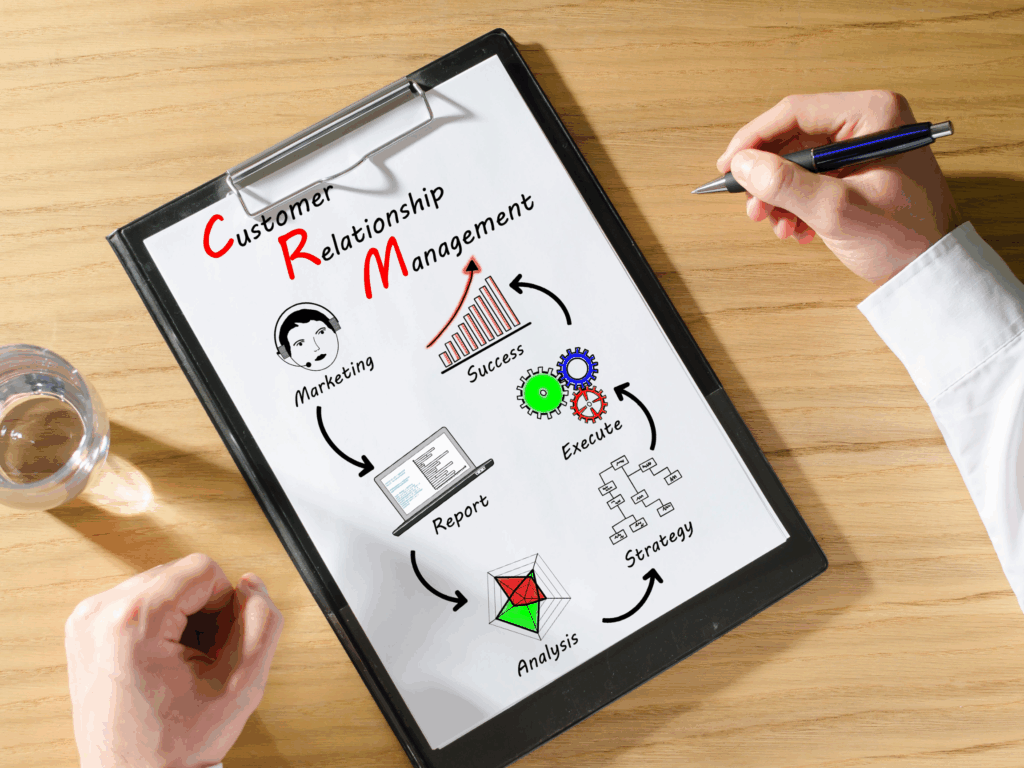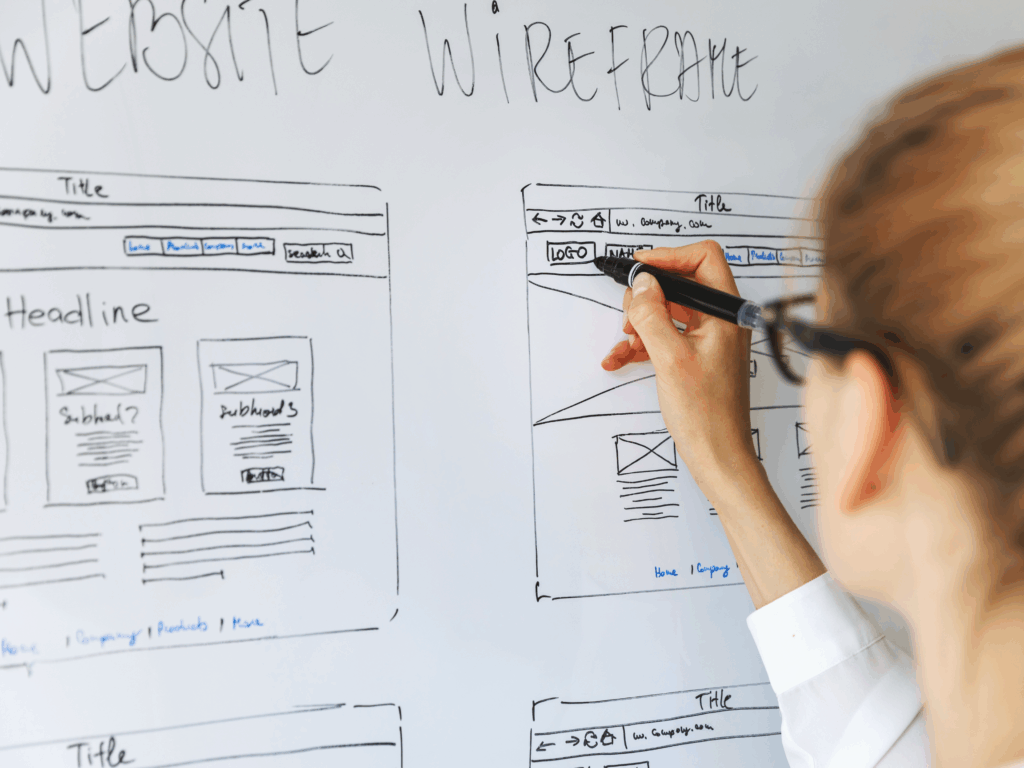In the modern digital space, website visitors expect fast load times and smooth operation. If your WordPress site loads slowly, many visitors will leave before they even get to the content. This will be quickly reflected by increased bounce rates and lower conversions. In a way, a poorly performing site is helping to drive traffic to competitors.
Improving the performance of your WordPress site is actively investing in the audience and the site’s longevity. It will help to bring in more traffic, improve search visibility, and increase conversion.
Fortunately, improving your site doesn’t have to be complicated. Many easy improvements can make a world of difference. Check out below, where we have put together a guide of actionable strategies for improving the performance of your WordPress website.
The Impacts of Poor WordPress Website Performance
The impact of a poorly performing WordPress website goes beyond a few visitors leaving your site. In fact, the speed and performance of a website have a direct impact on ranking in Google’s search algorithm. In other words, a slow-loading WordPress site can diminish SEO efforts, making it harder to compete for traffic. Slow load times are also frustrating for visitors, which means they will be less engaged and spend less time on the site.
Moreover, performance issues occur across all devices, including mobile devices, which account for a majority of traffic. Combine this with already slower mobile networks, and this makes visitors more likely to find a faster competitor site.
The Role of WordPress Templates
WordPress templates are a simple and convenient way to have a good-looking website up in virtually no time. However, poorly optimized or designed templates can play a significant role in performance. Bloated themes can easily bottleneck performance right off the bat. This means that a website using a bad template can kill their traffic immediately, or a site that makes a template change may see a drop off.
The best practice for templates is to choose a fast and lightweight one. While flashy and extravagant themes can seem tempting, they could hurt the site if not designed correctly. Try to stick to themes that offer a good combination of aesthetics, but focus on the features the site actually needs.
Choose a Quality Host
Another major factor in optimizing performance is quality hosting. Even with optimized images, streamlined plugins, and a lean template, an unreliable host can bottleneck the entire site. It can quickly result in slow load times, unexpected downtime, and more.
Many WordPress users opt for shared hosting in the beginning because of its lower costs. However, since this shares resources with other websites, it can mean slower load times for your site. If another site on the sharing platform receives a heavy spike in traffic, it can affect your site. Instead, consider Managed WordPress hosting or VPS (Virtual Private Server) hosting.
Optimize Images
Of course, high-quality and relevant images are essential to any good website. They help to showcase products and services, add visual appeal, and break up text. However, large uncompressed images can be another source of clunky loading times. Here are some tips for optimizing images:
- Use the correct format
- Use JPEGS for photographs to minimize file size while maintaining quality
- Use PNGs for graphics with any sort of transparency
- Try WebP for a modern format that offers excellent compression that maintains quality
- Compression: Use tools to reduce image file size while maintaining quality. Many available tools can be integrated right into WordPress to automate image optimization.
- Resize: Resize images to the exact dimensions needed for design, rather than using oversized images.
- Lazy Loading: Lazy loading means that images only load when the viewer scrolls to them. This is enabled by default on WordPress, but ensure that it stays on.
Cut Down on Plugins
Plugins are a huge boon of using the WordPress platform, but they can also be one of the largest sources of bloat. Using too many, poorly coded, or outdated plugins can cause significant slowdowns and even vulnerabilities. Each plugin adds additional resource-heavy scripts and more that add to server usage and load times. Use these tips to cut down on plugin bloat:
- Audit Existing Plugins: Go through current plugins and remove anything not currently being used. Moreover, check for plugins performing similar functions and choose one you prefer.
- Opt for Lightweight Alternatives: Try to find more lightweight alternatives for any heavy plugins in use.
- Monitor and Update: Regularly monitor plugin performance and keep up on updates to prevent bloat from slowly creeping up again.
Enable Caching
Caching in itself can be a powerful method of improving a WordPress website’s speed. Caching means storing static versions of the site content to deliver to visitors, which means less server power is needed to reload everything newly. This helps to make the site more efficient and offers faster load times to visitors. There are several caching plugins that can help, including:
- W3 Total Cache: Highly configurable cache control
- LiteSpeed Cache: Great for sites hosted on LiteSpeed services
- WP Fastest Cache: A simple and fast caching tool
Database Optimization
The longer a site is up and running, the more the database can accumulate unnecessary data. This includes post revisions, drafts, spam comments, and much more. This clutter can easily begin to contribute to slowed performance. Fortunately, regular database maintenance can be an easy way to boost performance. Here are some tips for cleaning up your site’s database:
- Delete post revisions
- Remove spam and trashed comments
- Delete expired transients
After these steps, ensure to schedule regular cleanups to maintain performance. Additionally, limit post revisions to avoid them building up.
Cut Down on Unnecessary Scripts
CSS and JavaScript files can become quite large and slow down page loads. These scripts can be optimized by removing unnecessary characters and combining files, also known as minification. Use script optimization tools like:
- Autoptimize
- WP-Optimize (Also includes caching, image optimization, and database cleaning)
Monitor Performance
Remember, now that you’ve gone through WordPress speed optimization, it needs to be maintained. Regularly follow the above steps to maintain fast load times and a streamlined site.
We hope this guide helps you remove clutter, efficiently optimize, and speed up your WordPress site like never before. If you need further help in optimizing your site, then look no further than Graphem Solutions.
Graphem Solutions for All Your WordPress Needs
Whether you are looking for custom WordPress templates or a full WordPress speed optimization, Graphem Solutions is here to help. Our team consists of WordPress experts who are here to ensure that your site remains operating at peak appeal and performance. We know how vital it is that your site is streamlined and keeps visitors’ interest, and we want to help.
To learn more, you can check out our services page or call us today at 1-800-590-0175 to discuss the service you are looking for. We also offer custom solutions for whatever issues or tasks you need completed. Schedule a consultation with our web experts to get started today. We look forward to helping take your WordPress website to the next level.
Want to see our work? Check out some of the projects we’ve completed for our clients.



